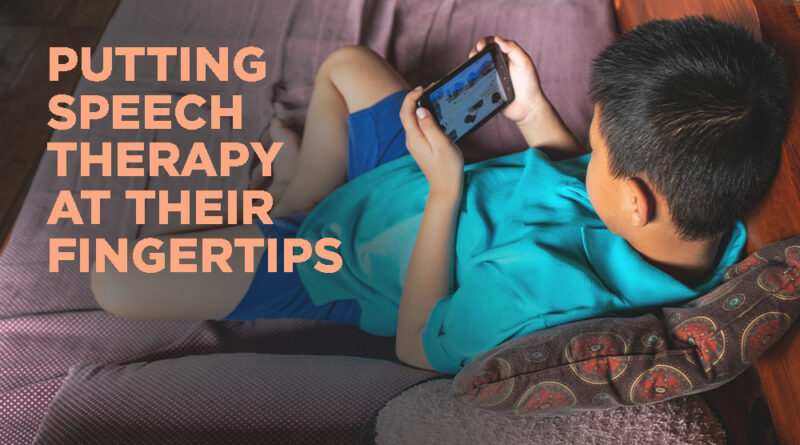Grant to Use Video Games to Improve Speech Therapy
California State University San Marcos (CSUSM) is the co-recipient of a one-year grant that focuses on improving speech therapy. The grant of $250,293 comes from the Small Business Innovation Research arm of the National Science Foundation (NSF).
GrantWatch has similar grants available under its education and technology categories. There is also a category specifically for grants for children.
CSUSM will use the grant to work with Verboso, a company in Chicago that makes therapy video games. As a result, students will be able to use the automated technology to practice their speech at home. The game will use artificial intelligence to replicate feedback decisions that a speech-language pathologist would make in a live setting.
After the game is live, researchers will collect participant recordings to see if changes need to be made to the technology. The university will partner with San Diego Unified School District and Capistrano Unified School District to field the study.
“I’m excited to be a part of a project that is building automatic technology for speech sound production practice,” Alison Scheer-Cohen, an associate professor in the department of speech-language pathology and lead investigator for this grant. “Ultimately, this will provide resources for children and families to practice their speech production at home and potentially have an impact on treatment outcome.”
Cal State’s research team said there are three objectives for this project:
- Building a database of impaired and accurate productions of the eight English consonants most commonly in error
- Developing algorithms for identifying specific errors of target phonemes (units of sound that can distinguish one word from another)
- Completing reliability tests to ensure adequate agreement of presence of error and error type
Who Will This Research Help?
The target audience of this project is students who have speech sound disorders (SSD). This includes students who have trouble saying certain words and sounds past a certain age.
According to the National Institute of Deafness and Other Communication Disorders, about 7.7 percent of all U.S children have had a disorder related to voice, speech, language, or swallowing in the last twelve months. Among children with these disorders, 34 percent of those ages 3-10 and 25.4 percent ages 11-17 have had multiple disorders.
Additionally, more than half of children ages 3-17 with these speech disorders received intervention in the last year. That means that over 45 percent are not receiving help. This technology could be beneficial to these kids by increasing access and cutting down on costs. Interactive learning like this has also been known to be more beneficial for children in forming stronger critical thinking and teamwork skills.
GrantWatch has a grant available on its website to provide financial assistance to U.S. households to offset the costs of broadband service and other technology needs during the Coronavirus (COVID-19) global health crisis. The grant could help provide access to this technology for children who need it.

